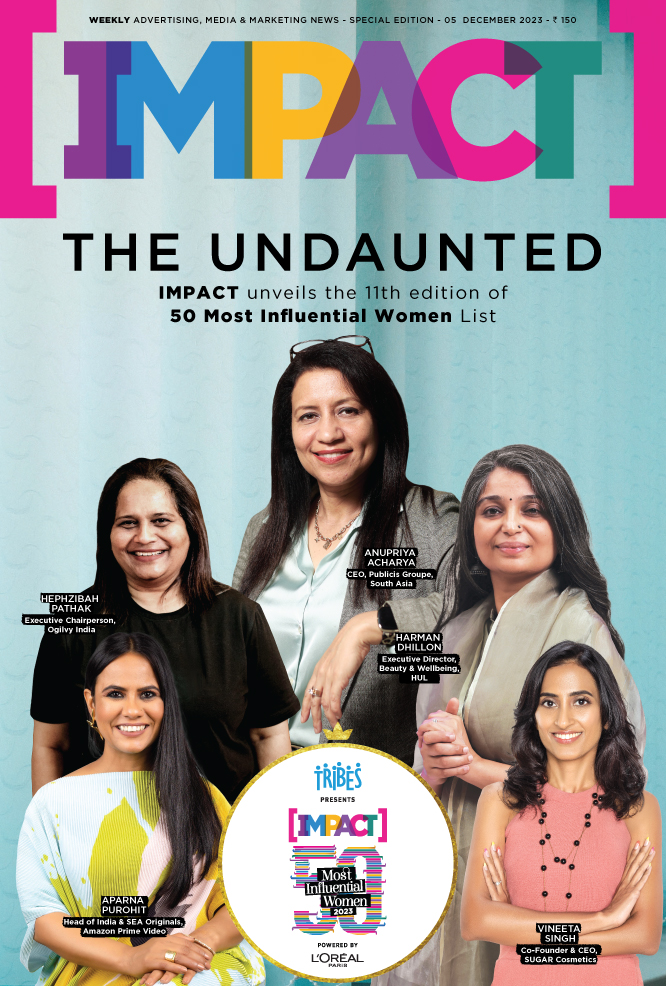Indian television comes full circle as Kyunki Saas Bhi Kabhi Bahu Thi makes a grand return tonorrow, on July 29, 2025, exactly 25 years after its original premiere. A defining show of its era, Kyunki reshaped the daily soap genre and turned Tulsi Virani into a household name. The iconic series originally concluded in 2008, after an impressive run of approximately 1,833 episodes.
The show has arguably been one of the most-watched TV shows in India, and won the Indian Television Academy (ITA) awards and many Indian telly awards.
Ekta Kapoor’s production team, Balaji Telefilms, will once again produce the show. The production house reported a 27.5% decline in revenue in FY 25, falling from Rs 625 crores to Rs 453 crores compared to the previous fiscal year.
But the question arises: As a lot has changed in the last 25 years, when the show was first aired. Back then, families used to gather around a single TV set, and daily soaps used to rule the prime time with soaring TRPs. Now, the world runs on binge culture, algorithm-driven recommendations, and OTT platforms.
In a landscape dominated by gritty dramas, true crime, and quick-stroll content, Kyuki’s return raises an interesting question: Can a show that once stopped the nation strike an emotional chord again? Will Tulsi’s sanskaar hold up in the age of streaming and sarcasm?
A spokesperson from JioStar says that this is more than just a television show; it’s a cultural landmark that shaped and reflected the values of an entire generation. The spokesperson further adds that the revival is not recreating the past, it is about reimaging a familiar world with a fresh lens, that addresses today’s social dynamics, generational conflicts, and changing family structures.
“Nostalgia plays a powerful role in audience behaviour today, especially when it’s grounded in emotional memory and shared cultural experience. But it’s the promise of relevance, not just remembrance, that drives this new chapter of Kyunki,” the spokesperson adds.
Paritosh Joshi, former President, Star, who was with the network during the golden era of shows like Kahaani Ghar Ghar Kii, Kahiin To Hoga, and Kasautii Zindagii Kay, believes these iconic serials function like brands or franchises. “It’s not uncommon to revive old or relatively dormant franchises,” he says, “because they carry strong brand recall and residual goodwill that still resonates with audiences.”
He mentions Kaahani had much brand recognition, and maybe Jiostar wants to revive someday.
The new season is coming back with 100 episodes and will be aired on Starplus (on television at 10:30 pm IST) and online at JioStar.
StarPlus is one of the pay television channels, navigating a rapidly evolving media landscape. A report released in January this year by the All India Digital Cable Federation (AIDCF), developed in collaboration with EY India, paints a sobering picture: India has lost 40 million Pay TV households over the past seven years, dropping from 151 million in 2018 to 111 million in 2024, a sharp 26.5% decline.
But could the tide turn? With the iconic shows coming back, can this spark a revival in the Pay TV subscriptions?
Joshi added that the revival of the show feels like a strategic experiment rather than a sentimental throwback.
Ekta Kapoor at the Indian Global Forum in April 2025, expressed her intention to bring back the show to reach the 2000-episode milestone, as it was short of around 160 episodes.
With shows like Bade Achhe Lagte Hain, CID, and Zee Horror Show making a comeback, it's clear that Indian television is tapping into nostalgia in a big way, hoping to bring audiences back to their screens in an era dominated by personal devices and fragmented viewing.
Nitin Burman, Group Chief Revenue Officer, Balaji Telefilms, also tells us that the revival strikes a balance between the emotional core of the original and today’s sensibilities. He adds that the goal is to bridge the emotional world of traditional families with the evolving dynamics of the current generation.
He says that nostalgia plays a significant emotional role in bringing back the audience. According to him, the show will target both older fans and a younger generation as well.
“Bade Achhe Lagte Hain is a prime example of a narrative that resonates with both urban audiences and the masses. These stories carry strong brand equity, and by blending contemporary storytelling with the emotional familiarity of their originals, the revivals aim to engage longtime fans while also introducing a new generation to these beloved characters,” he highlights.
Sandeep Gupta, Chief Operating Officer, Broadcasting Business, Shemaroo, says that post-pandemic nostalgia emerged as a powerful emotional driver, as classic shows like Ramayan and Mahabharat made a comeback.
Gupta says that the trend has led TV channels to revive nostalgic content from their archives, not just to fill slots but also in prime time.
He adds that legacy TV content always holds a digital footprint, on platforms like YouTube, shows like CID draw a massive viewership, appealing in smaller towns and rural areas.
“Premium SVOD platforms initially prioritised urban-centric originals, with TV catch-up as an afterthought. But now, even top OTT players are tapping into the broad, cross-generational appeal of legacy TV drawn by its built-in audience, nostalgic pull, and cost efficiency, making it a safer bet than high-risk originals,” he highlights.
Gupta believes that nostalgia is increasingly proving to be more than just a temporary emotional pull; it is evolving into a strategic lever for long-term content planning.
The spokesperson from Jiostar adds that Kyuki is designed to be a multi-generational story, while the show carries nostalgia for older viewers. For a younger audience, this is an entry point into a storytelling format that is emotionally layered and culturally rooted.
Joshi believes that the storytelling of these shows will need a significant rethink. He says at a core, this is an experiment to see if legacy brands can still find relevance in today’s vast media landscape or not.
Burman also says that the revival is a much larger part of the movement, and the shows like this will tell today’s stories through the lens of yesterday’s characters and formats.
Gupta mentions that the emotional need for nostalgia is here to stay and will drive demand for reboots, sequels, and adaptations not just on television but across OTT platforms and films.
An agency off record, which has worked for the promotion of these types of shows, told us that in television, familiar characters and storylines are more than just callbacks; they are anchors of identity. The campaigns feel more relevant when they focus less on sentimentality and more on the emotional logic of why a show was loved. “What tends to work best is when the campaign doesn’t treat the past as a novelty, but as something still worth watching now,” he adds.
“For the marketing campaigns of shows coming back, the key is to understand what made the show popular originally, then update it without losing its essence. That means tweaking storytelling, visuals, or tone to fit today’s audience, while staying true to its core,” he highlights.
It will be interesting to see whether these shows comebacks can truly transport audiences back in time and if that nostalgia is strong enough to recapture their attention in today’s fast-changing viewing landscape or not.























